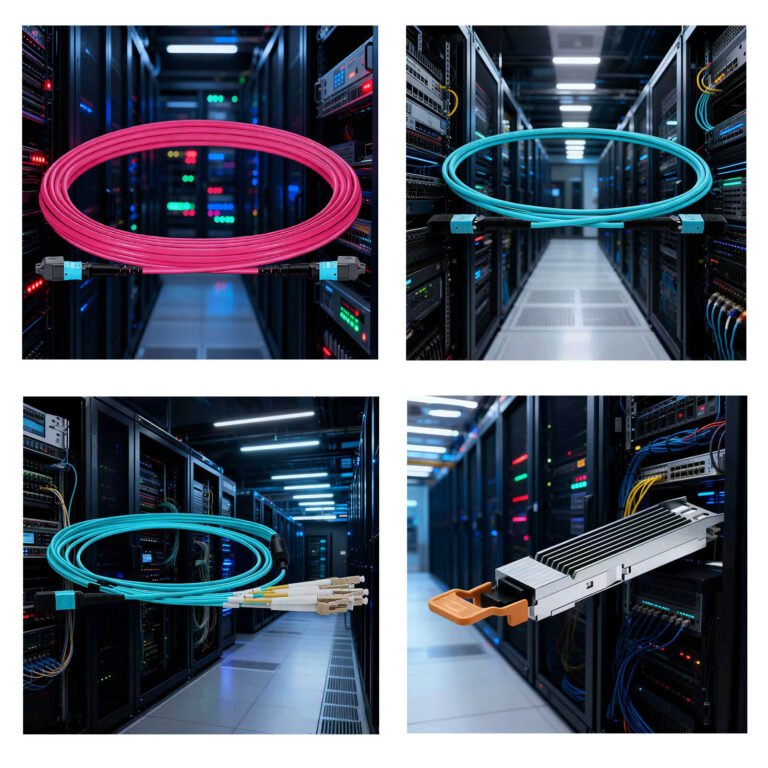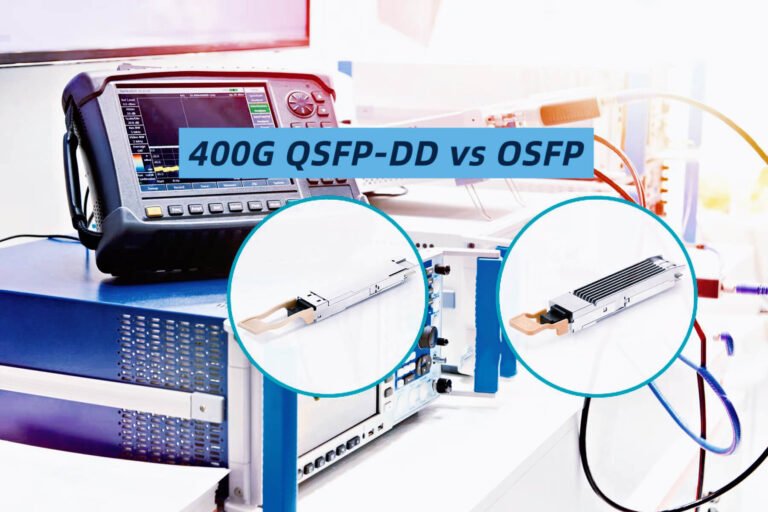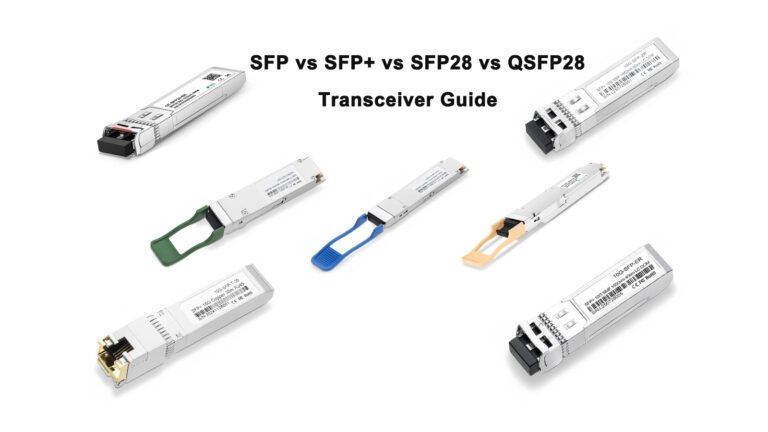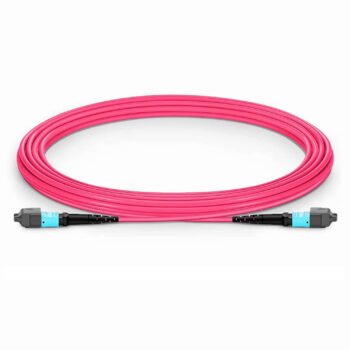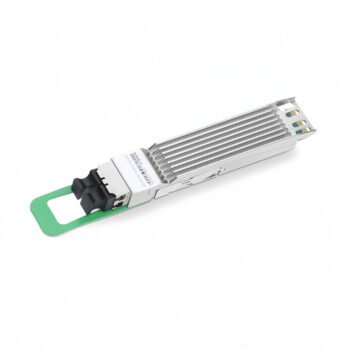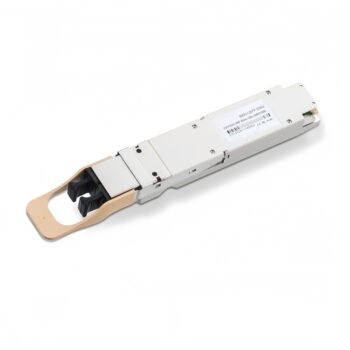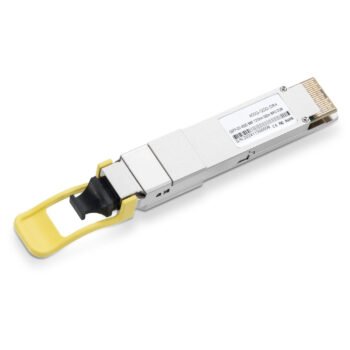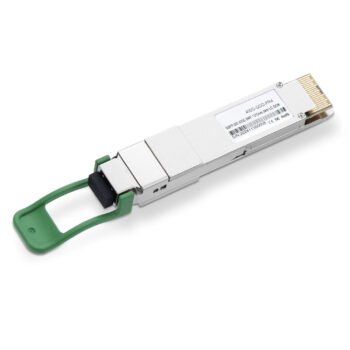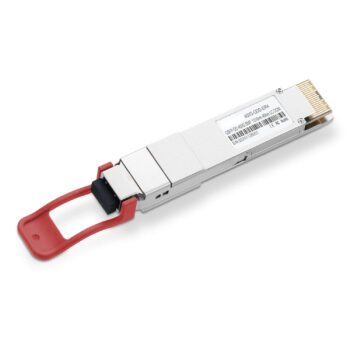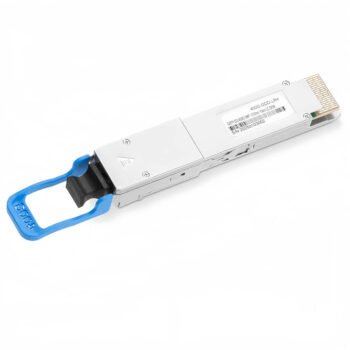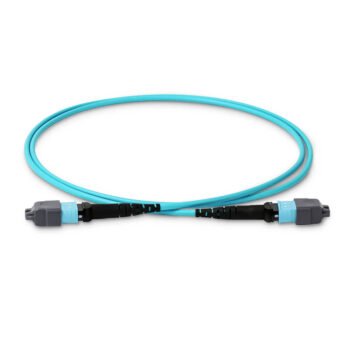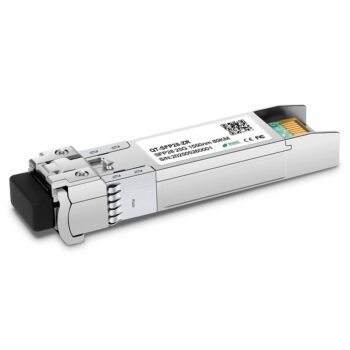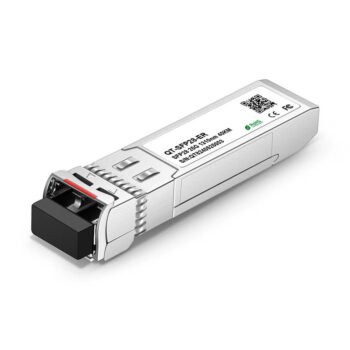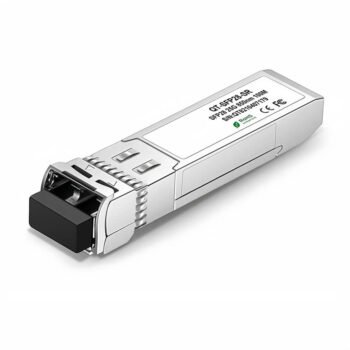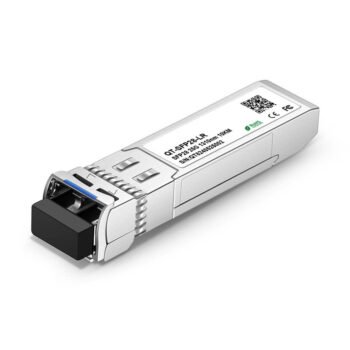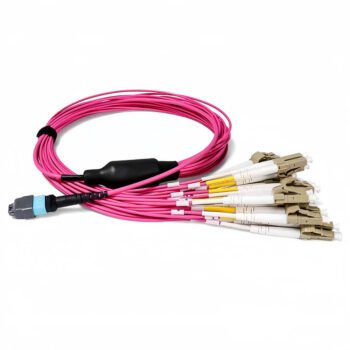Running a multi-tenant data center means constant security worries. You have to isolate tenant data, control physical access, and fix faults fast. A single weak point can put everything at risk. What if there was a foundational way to solve these issues?
Cross-connects enhance security in multi-tenant data centers by creating dedicated physical pathways for each tenant. This strategy provides robust physical and logical traffic isolation, shrinks the physical attack surface, and dramatically speeds up fault finding, which protects data integrity and stops unauthorized access.
I remember a project manager from a major ISP who was stressed about potential data crossovers in their shared facility. When we mapped out a clear cross-connect strategy for him, his relief was immediate. Let’s break down exactly how this simple solution brings so much security.
How Do Cross-Connects Enforce Tenant Isolation?

In a multi-tenant environment, keeping one client’s data from ever touching another’s is the top priority. It’s the bedrock of trust. Physical separation isn’t just a good idea; it’s essential for true security.
Cross-connects enforce tenant isolation by designating separate physical fiber cables or unique light wavelengths for each tenant. This physical barrier is then reinforced with logical controls like clear labeling and dedicated monitoring, creating a powerful, multi-layered defense against data breaches.
Dive Deeper: The Layers of Isolation
The Power of Physical Separation
At its core, a cross-connect is a dedicated, physical link from point A to point B. For a data center tenant, this means their traffic runs on its own private cable. It’s not sharing a line with anyone else. At ABPTEL, we often implement this using high-density MPO/MTP cables that allow for many separate, clean connections in a small space. There is simply no digital path for data to bleed between tenants because the physical paths are completely separate. Learn more about choosing the right MPO/MTP cables for spine-leaf data center architectures.
Wavelengths as Private Lanes
What if you need to use the same fiber for multiple tenants? This is where Wavelength Division Multiplexing (WDM) comes in. Think of a single fiber optic cable as a highway. WDM technology creates separate, private "lanes" on that highway using different colors of light.
- CWDM (Coarse WDM): Can create up to 18 distinct channels (lanes). This is great for many standard multi-tenant setups.
- DWDM (Dense WDM): Can create 80, 160, or even more channels. This is ideal for high-density environments where you need to guarantee strict isolation for many different clients on the same fiber route.
Each tenant gets their own wavelength, making it physically impossible for their data to interfere with another’s. Dive deeper into CWDM vs. DWDM and their applications.
Strengthening with Logical Controls
Physical separation is the foundation, but good management makes it truly secure. We always advise our clients to implement simple, logical controls.
| Control Method | Description | ABPTEL Solution |
|---|---|---|
| Color Coding | Use different colored LC patch cables for different tenants or functions. | We offer cables in over 12 standard colors to make visual circuit tracing instant. |
| Port Blocking | Insert physical blockers into unused ports on a patch panel. | This prevents unauthorized or accidental connections to your network. |
| Clear Labeling | Label every cable and port with a unique identifier. | This eliminates guesswork during maintenance and audits, saving critical time. |
Can Cross-Connects Really Reduce the Physical Attack Surface?

When we think of data center security, we often think about firewalls and software. But physical breaches, like someone unplugging a cable or trying to tap a line, are just as dangerous.
Yes, cross-connects significantly reduce the physical attack surface. Fiber optic cables are extremely difficult to tap without being detected. When organized in a structured cabling system with lockable cabinets, they centralize and protect your connection points, minimizing opportunities for unauthorized physical access.
Dive Deeper: Hardening Your Physical Layer
Why Fiber Beats Copper for Security
Traditional copper cables (like UTP) can be "tapped" with relatively little effort, allowing an attacker to eavesdrop on data without causing a major network disruption.
Fiber is different. To intercept data from a fiber optic cable, you have to precisely bend the fiber to capture the light leaking out. This act alone disrupts the signal in a way that is immediately detectable by monitoring systems. It’s much harder to tamper with fiber without getting caught.
Architecting for Access Control
A "spaghetti" mess of cables running all over the data hall is a security nightmare. A structured cross-connect system contains all cabling within a defined pathway. Tenant connections typically route to a central, secure location called a Meet-Me Room (MMR).
By centralizing these connections, you only have to secure one room or a few cabinets. Using lockable enclosures and patch panels for these cross-connects adds another layer of physical security, ensuring only authorized technicians can make changes. See why structured cabling is essential for data networks.
Defense Against Common Physical Attacks
Here’s a simple breakdown of how cross-connects defend against common physical threats.
| Attack Type | Defense Mechanism | Technical Components Used |
|---|---|---|
| Physical Line Tampering | Optical power monitoring or OTDR detects signal loss. | Integrated monitoring systems, WDM channel monitors. |
| Unauthorized Access | Physical locks on cabinets and port blockers. | Secure patch panels, lockable enclosures. |
| Signal Eavesdropping | The inherent difficulty of tapping fiber without detection. | High-quality fiber optics, signal strength monitoring. |
Final thoughts
Cross-connects are more than just cables; they are the fundamental building blocks of a secure multi-tenant data center. They provide physical isolation, reduce attack surfaces, and speed up troubleshooting. By embracing a structured approach, you build a network that is not only high-performing but also secure and compliant.

